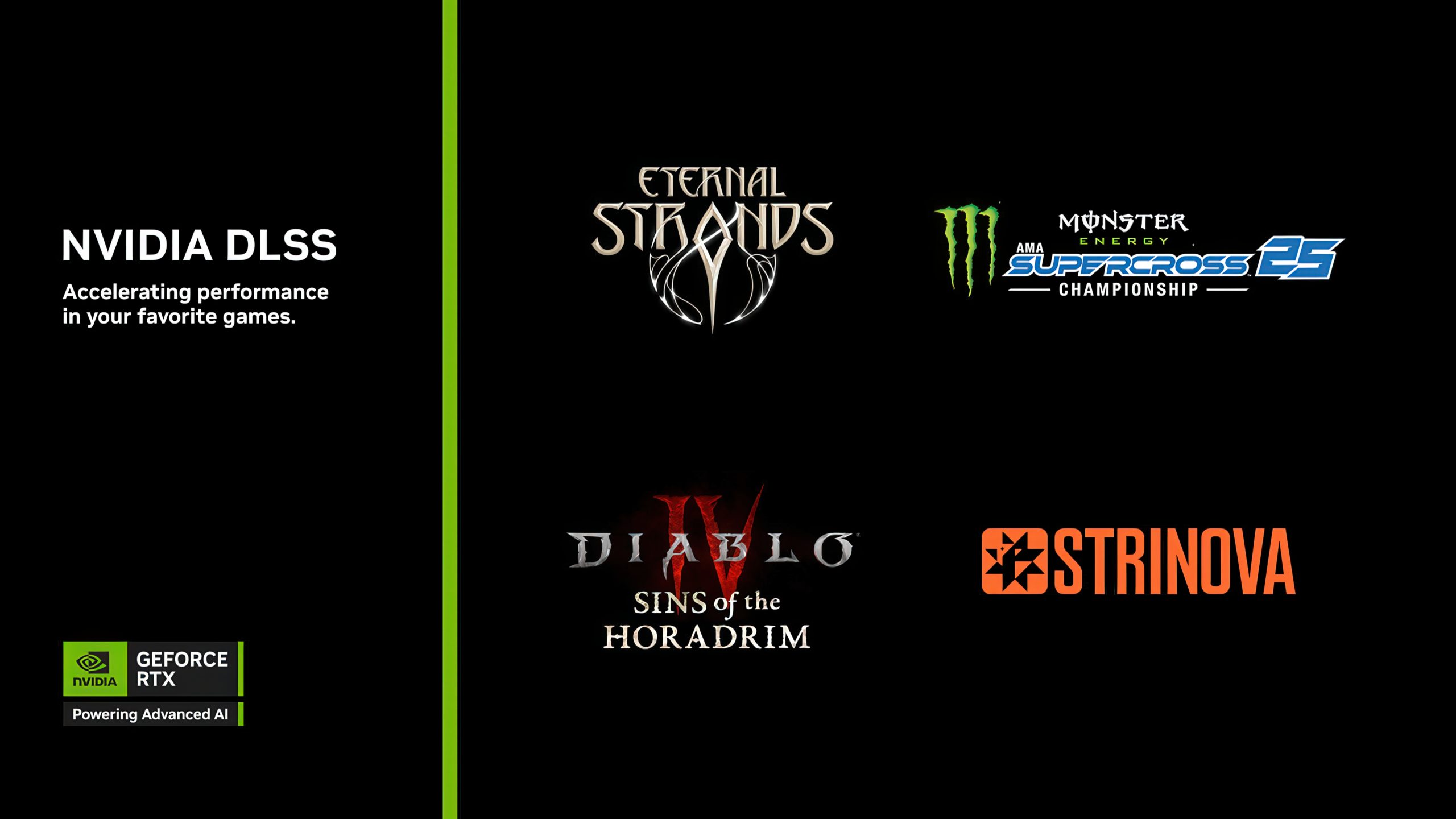Today’s patch for the fantasy RPG Eternal Strands introduces NVIDIA DLSS 4 Multi Frame Generation compatibility. While the title already supported DLSS Super Resolution, Frame Generation, DLAA, and NVIDIA Reflex at its January 2025 debut—with options to activate upgraded AI models through the NVIDIA app—this upgrade specifically amplifies performance for GeForce RTX 50 Series GPUs through enhanced frame-rate optimization.
The game previously demonstrated strong optimization, as highlighted in Francesco De Meo’s Wccftech analysis:
Performance proved remarkably stable given its Unreal Engine 5 foundation. Testing on high-end hardware (i7-13700F, RTX 4080, 32GB RAM) at 4K/epic settings with DLSS Ultra Quality and Frame Generation enabled yielded 118 FPS averages in demanding zones like Upper Dynevron. Disabling upscaling maintained 89 FPS averages despite intensive environmental simulations. Occasional dips to 35 FPS 1% lows occurred but rarely impacted 35+ hours of gameplay. For an UE5 title with complex physics systems, these results surpass typical expectations for technical stability.
Meanwhile, the anime shooter Strinova receives DLSS Multi Frame Generation and Super Resolution in tomorrow’s seasonal update. Later this week, Monster Energy Supercross 25 will implement DLSS Super Resolution via patch.
July 1 marks the arrival of native DLSS 4 Multi Frame Generation in Diablo IV Season 9: Sins of the Horadrim, replacing prior NVIDIA app dependency. The update introduces corrupted Horadric Strongrooms housing Blood Relics within Nightmare Dungeons. Players will wield ancient magic to craft spells, enhance gear, and confront redesigned endgame encounters against Astaroth.

